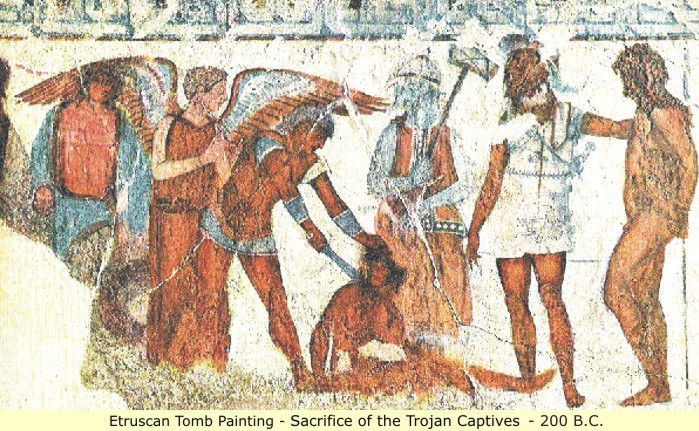
Another important kingdom of Anatolia, was that of "Urartu" which was in the eastern part of Anatolia. Urartu was a considerable military power at around 1,000 B.C. However the Urartians were later displaced in the area, in the 6th century B.C, by the Armenians (not the modern Turkish Armenians). These Armenians called themselves "The Hayk", and may have been from the Indus Valley - more on them later. The Hurri were yet another people of Anatolia, their territory also extended into eastern Anatolia. Later these Hurri, who originated in northern Elam, united into a nation called Mitanni.

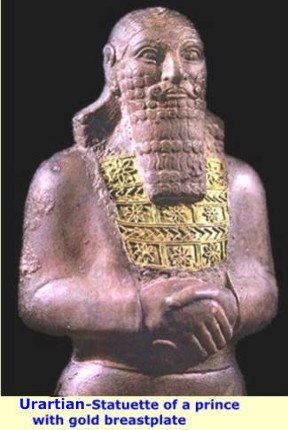
 |
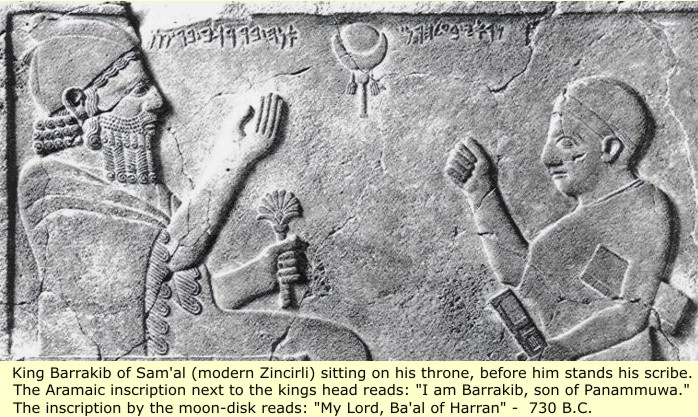 |
The Eurasian Invasion? - the Hittites
Conventional history states: that by about 2,000 - 1,500 B.C. the Hittites, supposedly the first of the Caucasian tribes of the Eurasian Plains to enter the middle-east, had established themselves in central Anatolia.
| Note: The term "Hittites" is taken from the King James Bible (first published in 1611), which is a translation of a translation etc. of the first Bible, The Greek Septuagint, plus the Greek new Testament. The Hebrew words in question translate as the "Children of Heth". But this is a Canaanite group in the Bible. How did these people magically get transposed into the history of Anatolia? {See: History of the Bible in the Additional Material Menu Area - Blue banner below}. |
Caucasian Myth Making
During the late 1800's, archaeologists discovered artifacts in Anatolia that were of such poor artistic quality, that it was assumed that they could not possibly have been made by native Anatolians. Ever on the lookout for opportunities to inject a Caucasian presence into a history, where there was none. They combined the occurrence in the "Kültepe tablets" of supposedly Indo-European personal names ( in correspondence between Assyrian merchants and local rulers of central Anatolia - the Hatti), with what was assumed to be, ancient Caucasian artifacts. They then identified them with those King James Bible "Hittites". How the connection was made is a mystery, but it is assumed that since these Biblical Hittites were an obscure people - no one would know the difference.
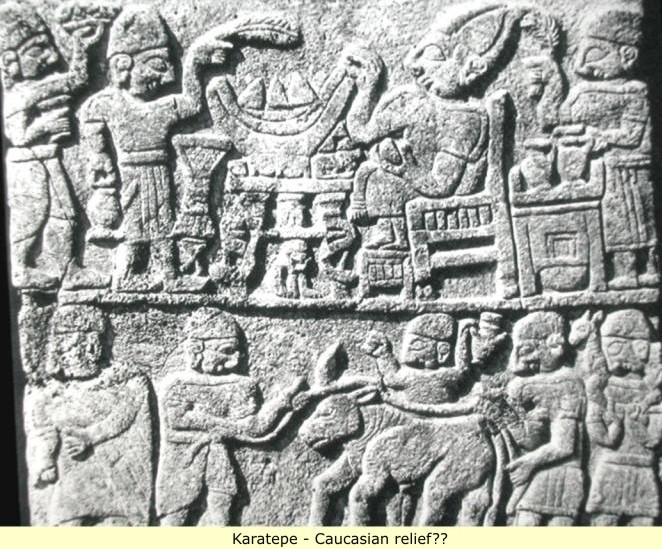 |

The Hittites were supposedly a great Empire and civilization. But yet, there is precious little archaeological evidence of their existence, and even that meager bit, seems bogus. To further debunk the Hittite myth: There were several tablets found at Bogazköy Turkey, some of these can be dated earlier than the 17th century B.C. One of these tablets concerns two semi-legendary kings of Kussara, they are named Pitkhanas and his son Anittas. The city called Kussara has yet to be found, but the tablet text gives an impressive list of cities that king Pitkhanas had conquered. And among them appears the name of Nesa, which his son Anittas, subsequently adopted as his capital.
Also included in the list, is the city named Hattusas, this is known to be the ancient name of the supposedly later Hittite capital called Bogazköy, which Anittas was said to have destroyed. The fact that no direct connection could be found between these two kings, and the history of the Hittites, has been explained by later archaeological discoveries. These new discoveries demonstrated that Pitkhanas and Anittas were in fact Native Anatolian (Hattian) rulers of the 18th century B.C. NOT Hittites. Indeed, a dagger bearing the name Anittas has also been found at Kültepe.
Historically: After settling in Anatolia, the Hittites are "supposedly" to have pursued wars of expansion and created a great Empire. But this Europeanized history, just never seemed creditable. How could it be that the Hittites, with an Empire so vast, that it supposedly covered all of Anatolia and parts of Canaan, which is far to the south. And an army so powerful, that it could stand toe to toe with the mighty Egyptian army, and fight it to a standstill - at the battle of Kadesh.
How could it be, that this great Empire could have been totally and utterly destroyed by the Sea People in 1193 B.C. The very same Sea People, who were stopped dead in their tracks at Egypt's border, when they tried to enter Egypt. Then there is the supposed willingness of snobbish Egyptian Pharaohs, to conclude dynastic marriages with what would undoubtedly have been, illiterate barbarian newcomers - that just wouldn't happen.
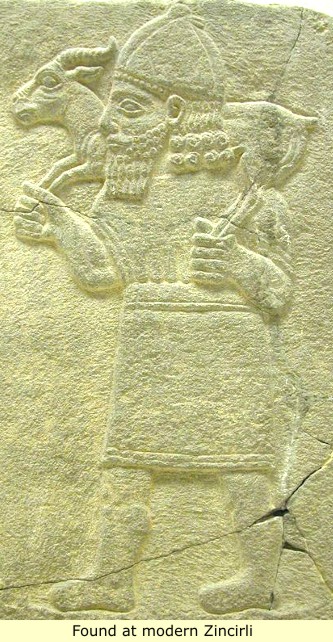
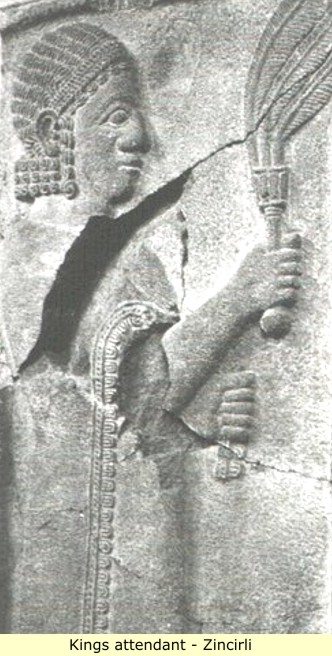
Because of the insurmountable problems associated with trying to prove the existence of this mythical Hittite Empire: Many researchers have now come to the conclusion that there never really was a Caucasian Empire in Anatolia at all - just wishful thinking on the part of some. They speculate that the so-called Hittite empire, is really a confusion with that of the Hattians, Phrygians, Chaldeans, Babylonians, or some other ancient Empire. And that this is why: Neither ancient Greek, or any other ancient historians, ever mentioned it.
 |
But the problem is: Caucasians write the history books. So references to the Hittites and the bogus Hittite Empire, abound throughout history, as written by Caucasians.

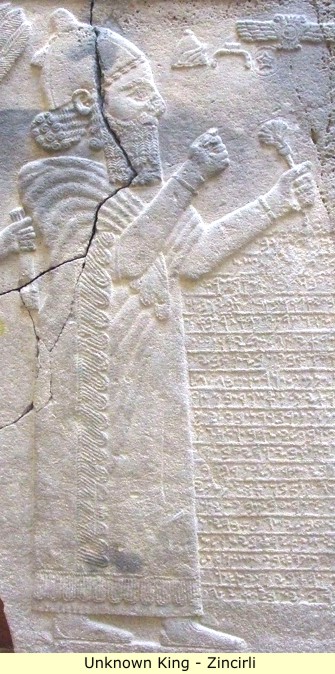
Accordingly: In this work, translations such as The Amarna Letters; where the translator incorrectly substituted "Hittite" for the Egyptian word; we have corrected it by using "Hattian" instead. The Hattie were much more likely to be the involved people. Other areas are left uncorrected, so as to avoid confusion.
 |
As to the Amarna letters; about one fifth of these correspondences are from the Hattian royal family itself. The oldest letter, in Akkadian, is that of Tutankhamun's widow Ankhesenamen, to the Hattian king Suppiluliuma; proposing an alliance by marriage between the two kingdoms. Several of these letters are in the Ankara Museum of Anatolian Civilizations.
| Click here for the Amarna Letters <<Click>> |
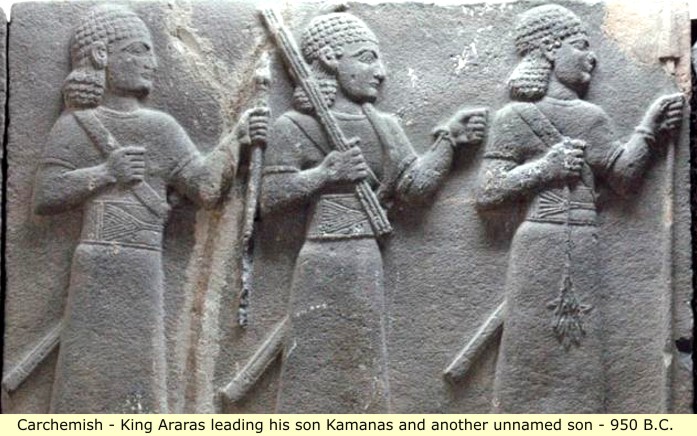 |
LOLOLOLOLOLLOLOLOLOLOLOLO
ReplyDelete